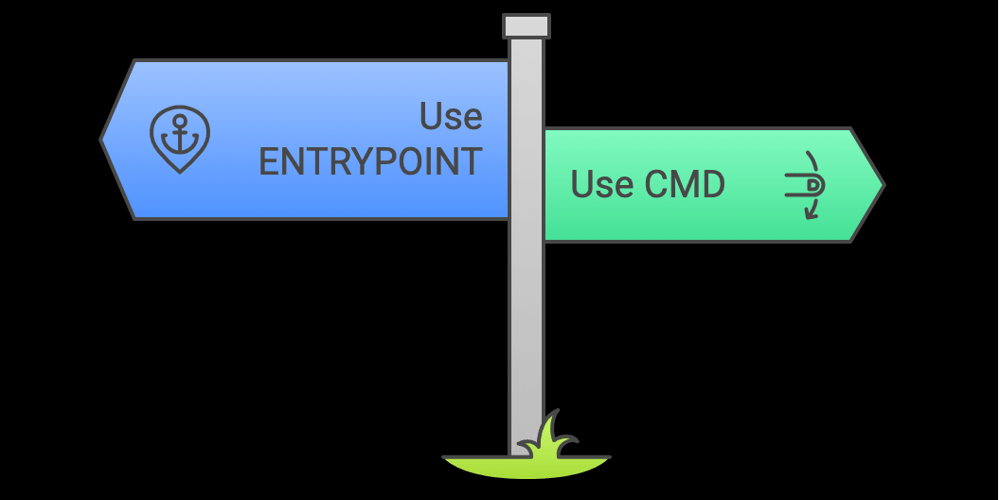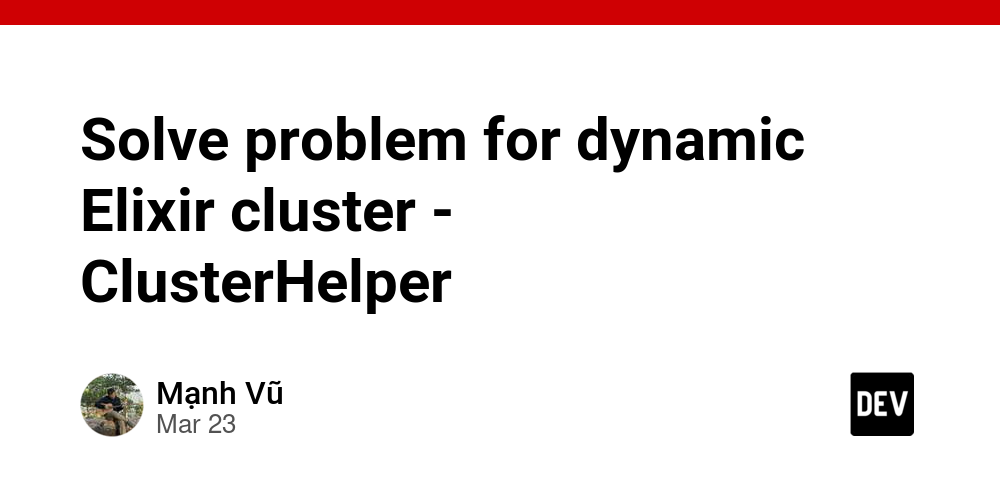What Are the Benefits of Using Helm in 2025?
In the fast-evolving world of Kubernetes, Helm remains a fundamental tool for managing complex Kubernetes applications in 2025. With the rapid advancements in cloud-native technologies, Helm continues to shine by simplifying the deployment and management of applications. Here’s why you should consider integrating Helm into your Kubernetes strategy this year. 1. Streamlined Application Deployment One of the greatest advantages of using Helm is its ability to streamline application deployments. Helm charts encapsulate an application’s components, simplifying the deployment process. This convenience allows developers and DevOps teams to focus more on development and less on configuration complexities. 2. Efficient Version Control Helm offers a powerful version control system for Kubernetes resources. This enables you to easily roll back to previous versions of your application, ensuring stability and reducing downtime in case of deployment errors. To learn how to force a redeploy with Helm, check out this detailed guide on helm redeploy. 3. Improved Scalability In 2025, scalability remains a critical consideration for businesses. Helm's templating engine allows you to manage large-scale application deployments effortlessly. With Helm Charts, modifying configurations across numerous environments becomes intuitive, enhancing scalability and consistency across teams. 4. Robust Community Support The Helm community is robust and active, continually contributing to the Helm ecosystem with updates and best practices. This ensures that in 2025, Helm remains on the cutting edge of technology, with a vast pool of shared knowledge and resources available for users worldwide. 5. Seamless Integration with CI/CD Pipelines Helm’s integration capabilities with CI/CD pipelines facilitate automated application updates. By incorporating Helm with tools like Jenkins, CircleCI, and GitHub Actions, deployments become more efficient and error-free, speeding up the development lifecycle and improving productivity. 6. Easy Installation and Setup Installing Helm on local Kubernetes environments, such as Minikube, is straightforward. A step-by-step guide for installing Helm in Minikube ensures that you can get started quickly with minimal setup hassles. Conclusion As Kubernetes continues to transform the landscape of application development and deployment, the benefits of using Helm in 2025 are more compelling than ever. From streamlined deployments and efficient version control to its supportive community, Helm is a crucial tool for any Kubernetes strategy. Although not directly related, if you’re into outdoor sports and tech gadgets, you might be interested in setting up a GoPro on your snowboard helmet for capturing stunning action footage. Embrace Helm this year to unlock the true potential of your Kubernetes workloads with increased efficiency, scalability, and reliability.

In the fast-evolving world of Kubernetes, Helm remains a fundamental tool for managing complex Kubernetes applications in 2025. With the rapid advancements in cloud-native technologies, Helm continues to shine by simplifying the deployment and management of applications. Here’s why you should consider integrating Helm into your Kubernetes strategy this year.
1. Streamlined Application Deployment
One of the greatest advantages of using Helm is its ability to streamline application deployments. Helm charts encapsulate an application’s components, simplifying the deployment process. This convenience allows developers and DevOps teams to focus more on development and less on configuration complexities.
2. Efficient Version Control
Helm offers a powerful version control system for Kubernetes resources. This enables you to easily roll back to previous versions of your application, ensuring stability and reducing downtime in case of deployment errors. To learn how to force a redeploy with Helm, check out this detailed guide on helm redeploy.
3. Improved Scalability
In 2025, scalability remains a critical consideration for businesses. Helm's templating engine allows you to manage large-scale application deployments effortlessly. With Helm Charts, modifying configurations across numerous environments becomes intuitive, enhancing scalability and consistency across teams.
4. Robust Community Support
The Helm community is robust and active, continually contributing to the Helm ecosystem with updates and best practices. This ensures that in 2025, Helm remains on the cutting edge of technology, with a vast pool of shared knowledge and resources available for users worldwide.
5. Seamless Integration with CI/CD Pipelines
Helm’s integration capabilities with CI/CD pipelines facilitate automated application updates. By incorporating Helm with tools like Jenkins, CircleCI, and GitHub Actions, deployments become more efficient and error-free, speeding up the development lifecycle and improving productivity.
6. Easy Installation and Setup
Installing Helm on local Kubernetes environments, such as Minikube, is straightforward. A step-by-step guide for installing Helm in Minikube ensures that you can get started quickly with minimal setup hassles.
Conclusion
As Kubernetes continues to transform the landscape of application development and deployment, the benefits of using Helm in 2025 are more compelling than ever. From streamlined deployments and efficient version control to its supportive community, Helm is a crucial tool for any Kubernetes strategy.
Although not directly related, if you’re into outdoor sports and tech gadgets, you might be interested in setting up a GoPro on your snowboard helmet for capturing stunning action footage.
Embrace Helm this year to unlock the true potential of your Kubernetes workloads with increased efficiency, scalability, and reliability.





























![[Sponsor] Democracy](https://protectdemocracy.org/wp-content/uploads/2022/10/Social-Share.png)
















































